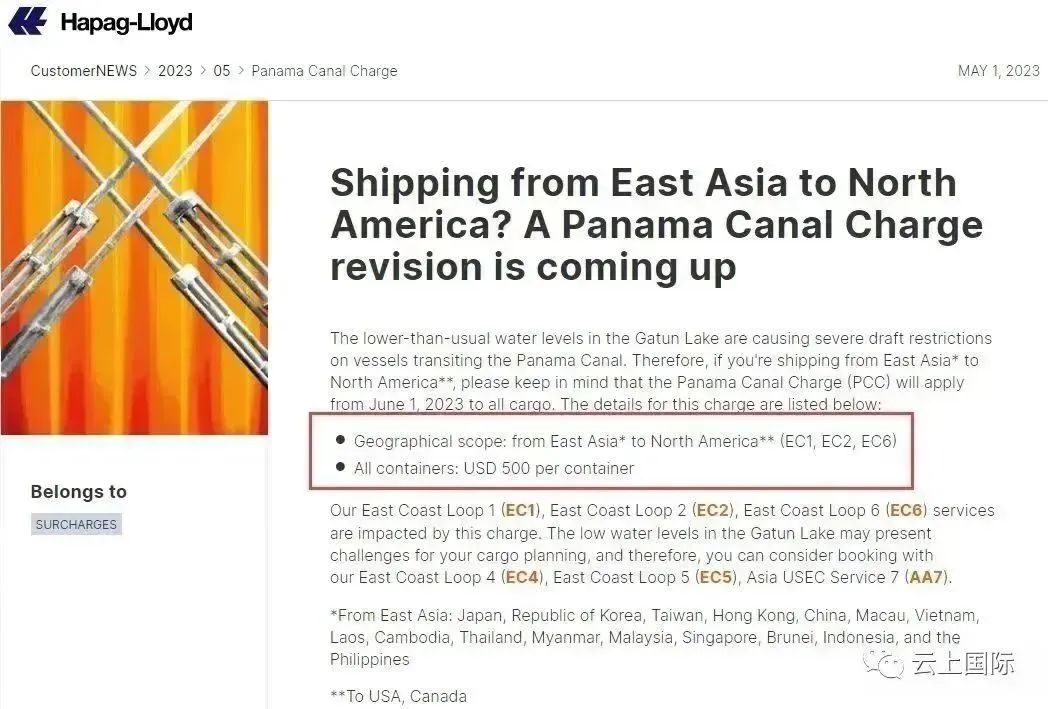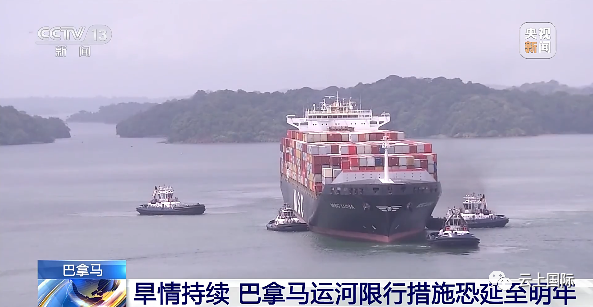
Panama experienced unprecedented drought and low water levels in 2023, which seriously affected the efficiency of maritime transportation and caused severe delays for container ships passing through the Panama Canal. According to CNBC on Wednesday, the number of ships waiting to pass through the Panama Canal, the world's major shipping artery, has reached 154, with a waiting time of 21 days. The congestion situation continues to worsen.
In the first week of August, every ship passing through Panama was delayed for 15 to 19 days!
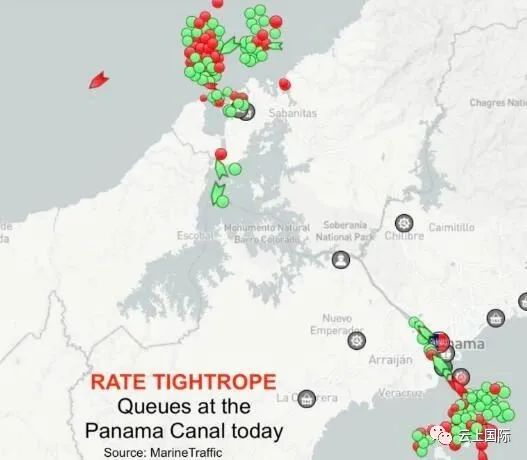
The Panama Canal is an important trade route for American traders to the ports of the Gulf of Mexico and the East Coast. The United States is the largest user of the Panama Canal, accounting for about 73% of the total traffic volume of the Panama Canal in terms of commodity export and import containers. About 40% of the containers passing through the canal each year are from the United States, with a cargo value of up to $270 billion.
A severe drought has forced the Panama Canal to introduce shipping restrictions, which not only mean that container ships must reduce their loads and pay higher fees to pass through the Panama Canal, but also predict that the cost of transporting goods through the Panama Canal will further rise this summer, and goods may also face delays.
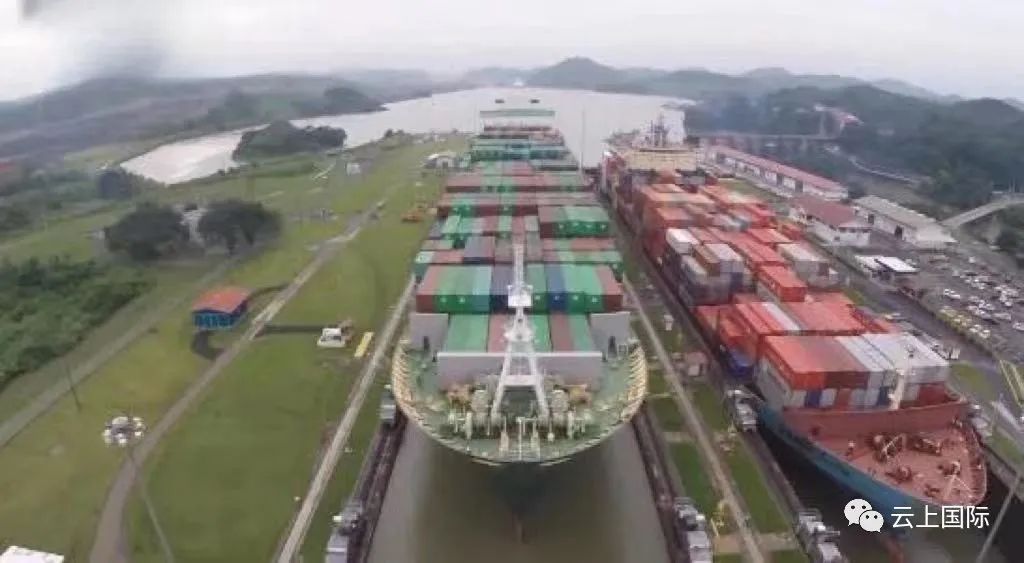
Recently, the Panama Canal Authority said that in order to adapt to the long-term drought and lack of water, the Panama Canal will reduce the number of ships passing through and maintain the low draft depth of ships. These measures will continue until the end of September 2024.
In response, the Panama Canal Authority (PCA) took water-saving measures in late July, temporarily reducing the number of Panamax-sized ships booked for the period from August 8 to August 21, with the reservation period reduced from 23 to 14 per day, causing the current congestion accident. The Panamax-sized ship is the largest ship type that can transit the canal, carrying 4,500 twenty-foot equivalent units (TEU).
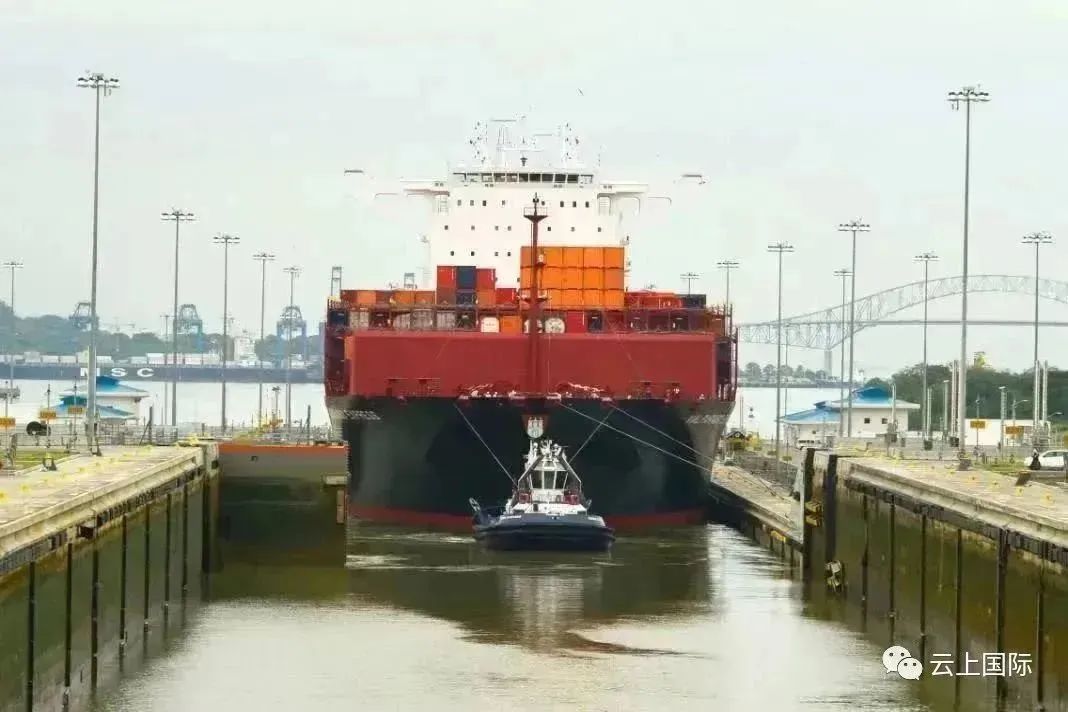
The delay of the Panama Canal reminds us of the urgent need to address climate change. The shipping industry is one of the most vulnerable sectors affected by climate change, and we need to take action to reduce emissions and mitigate risks.
According to a report, due to the limited number of ships passing through the canal every day, the canal authority suggested that ship owners apply in advance for the time slots to pass through the canal. This means that they will soon have to participate in the "auction" of transit time slots, and the auction prices have always exceeded $350,000.
